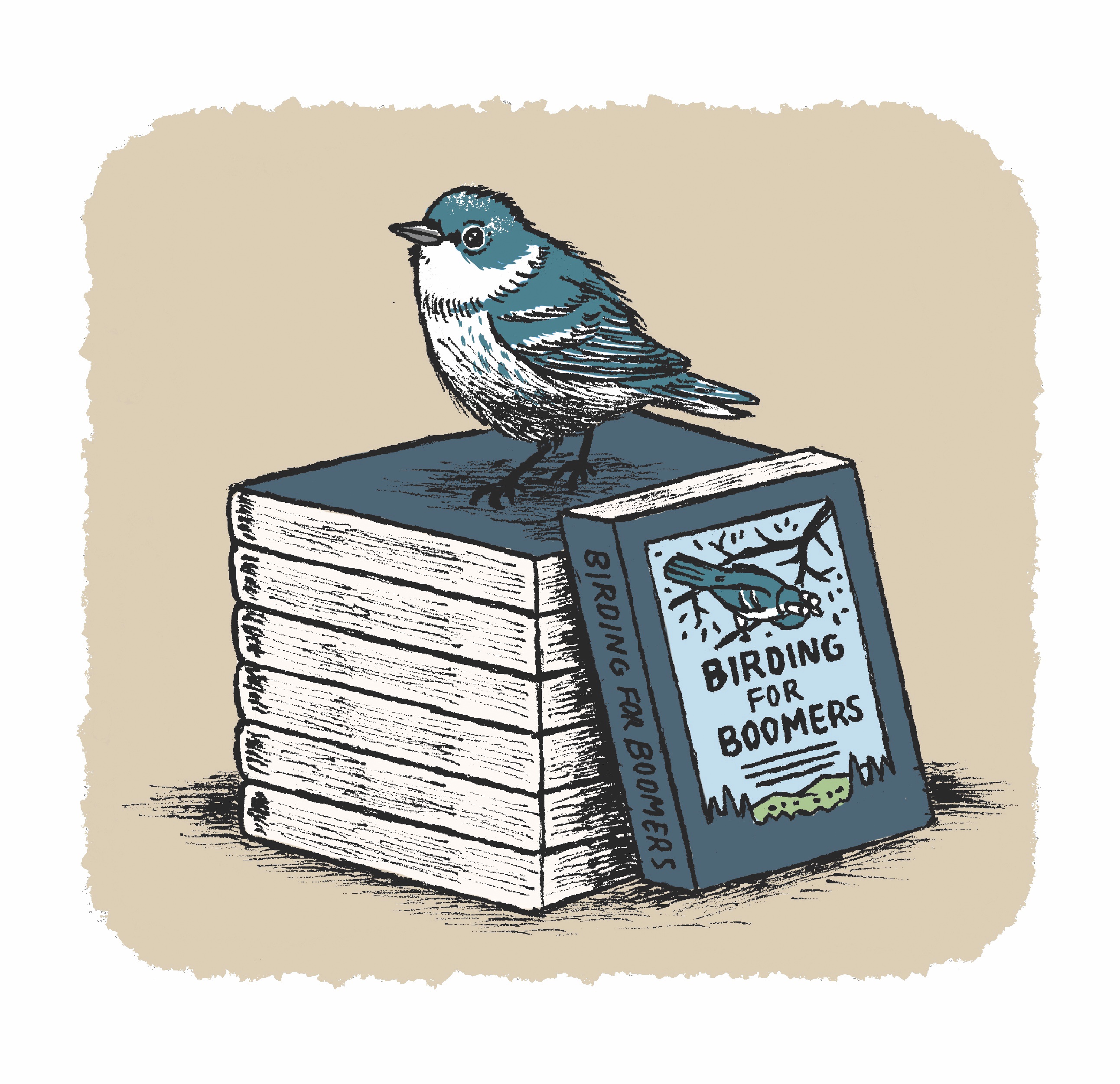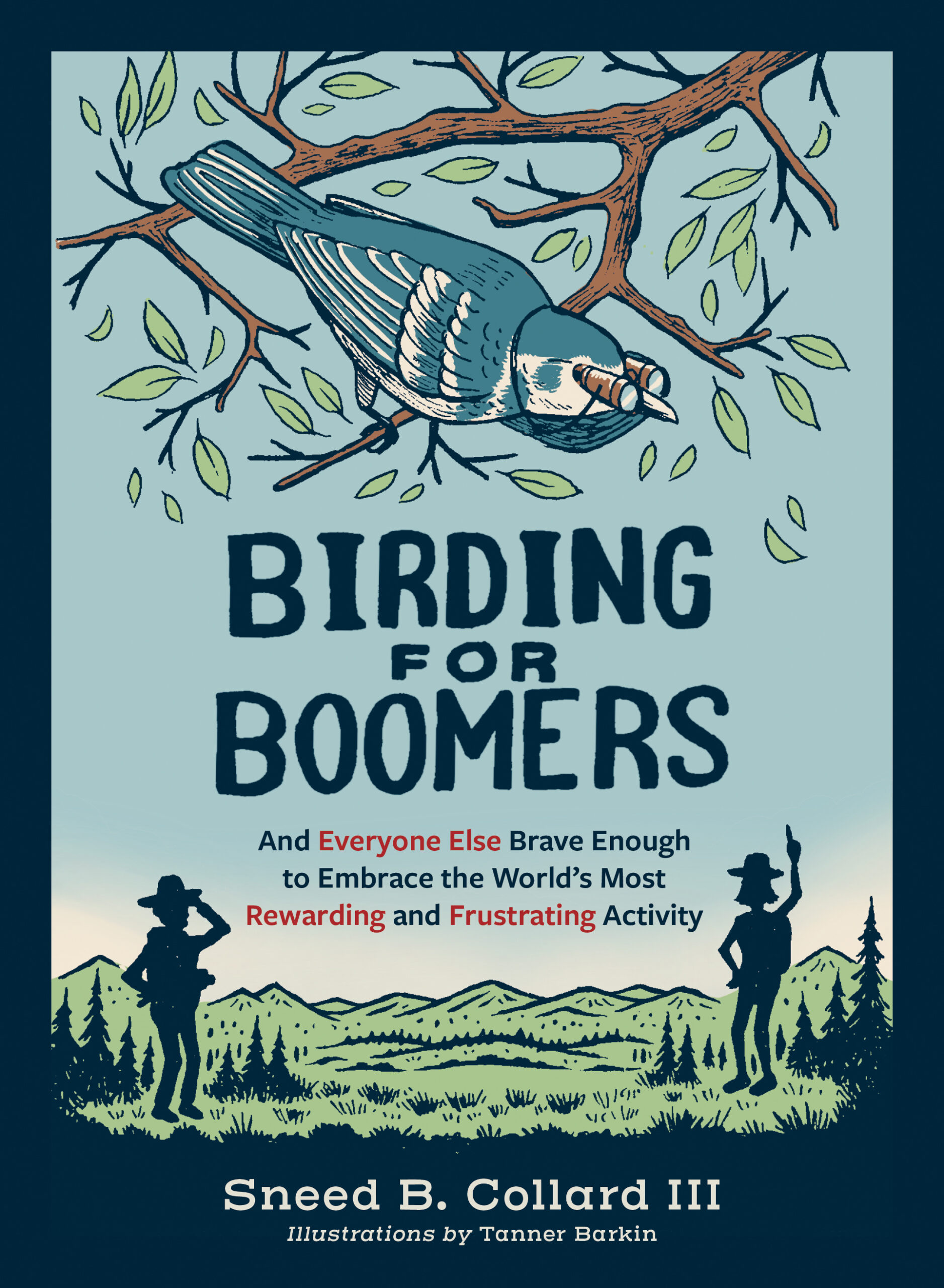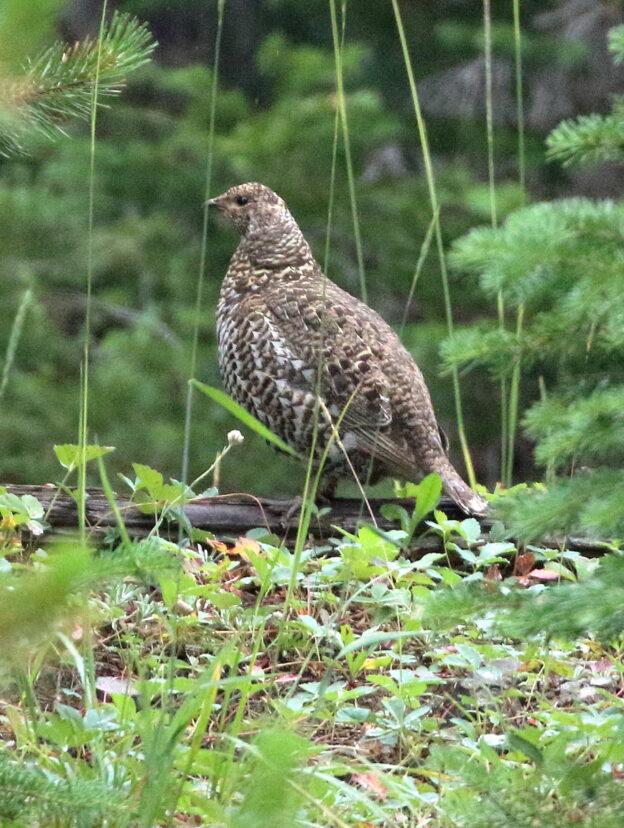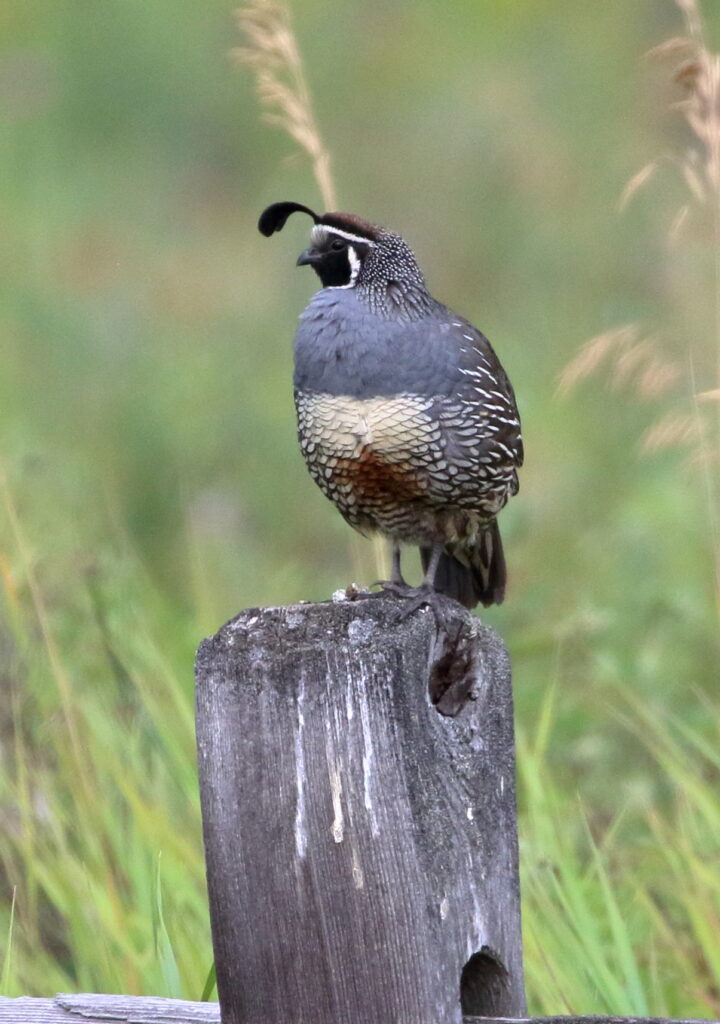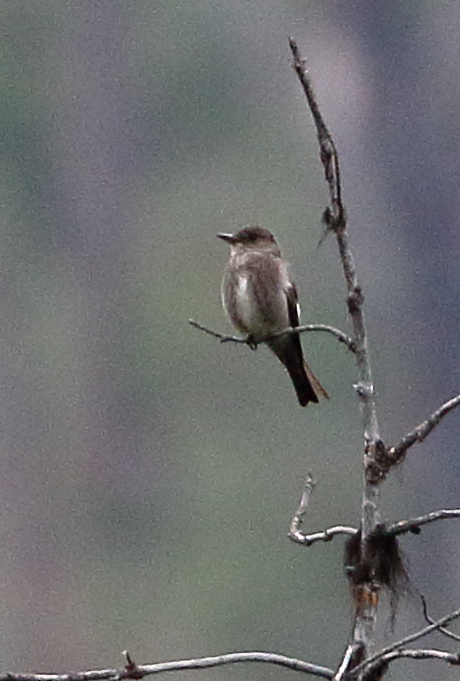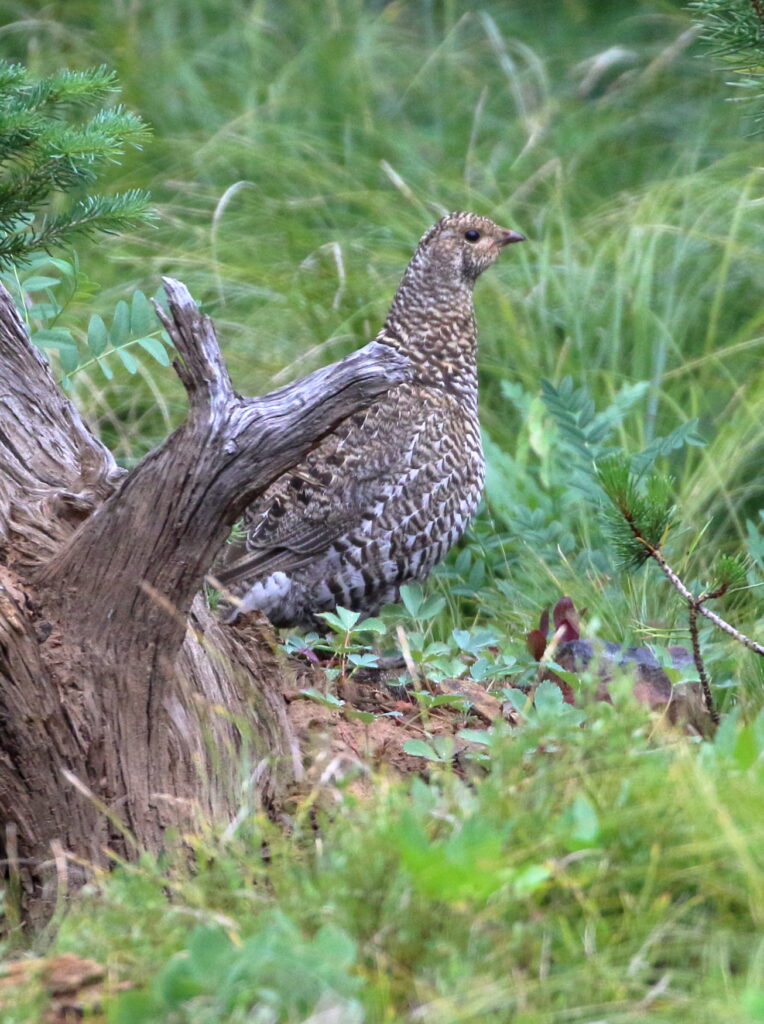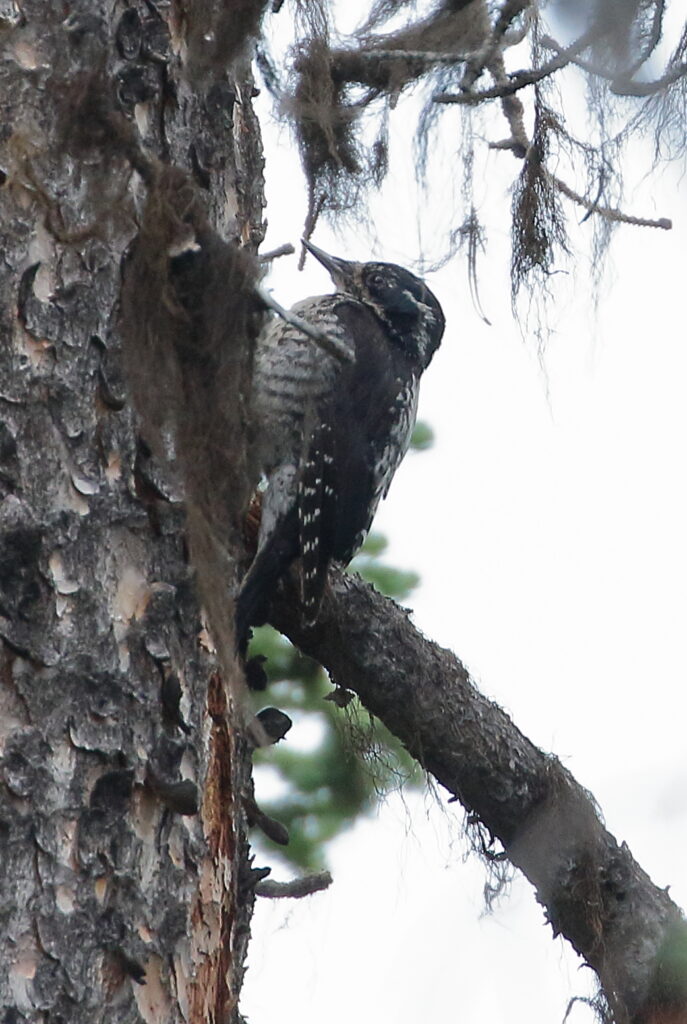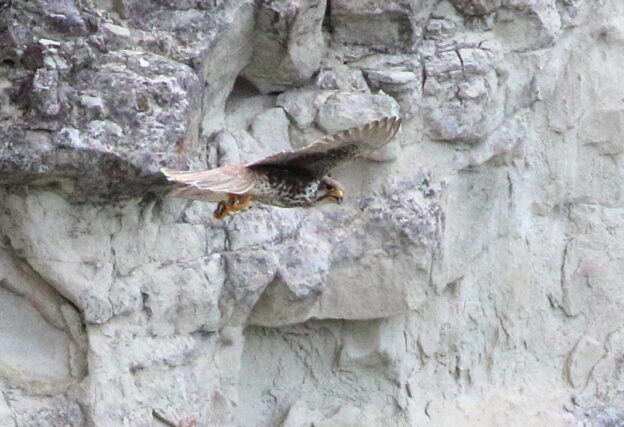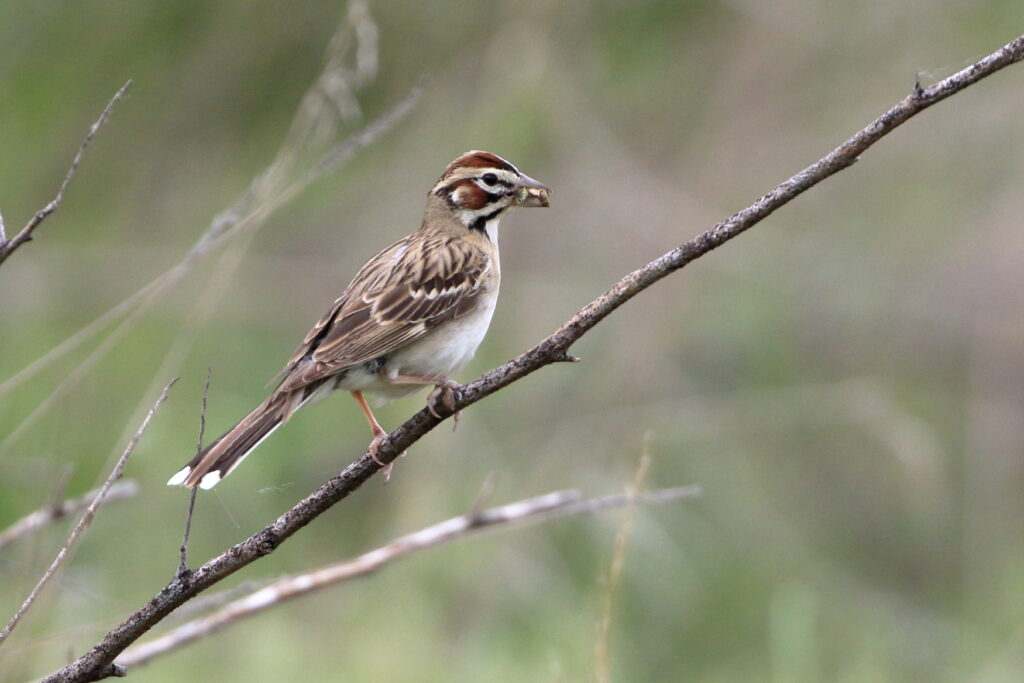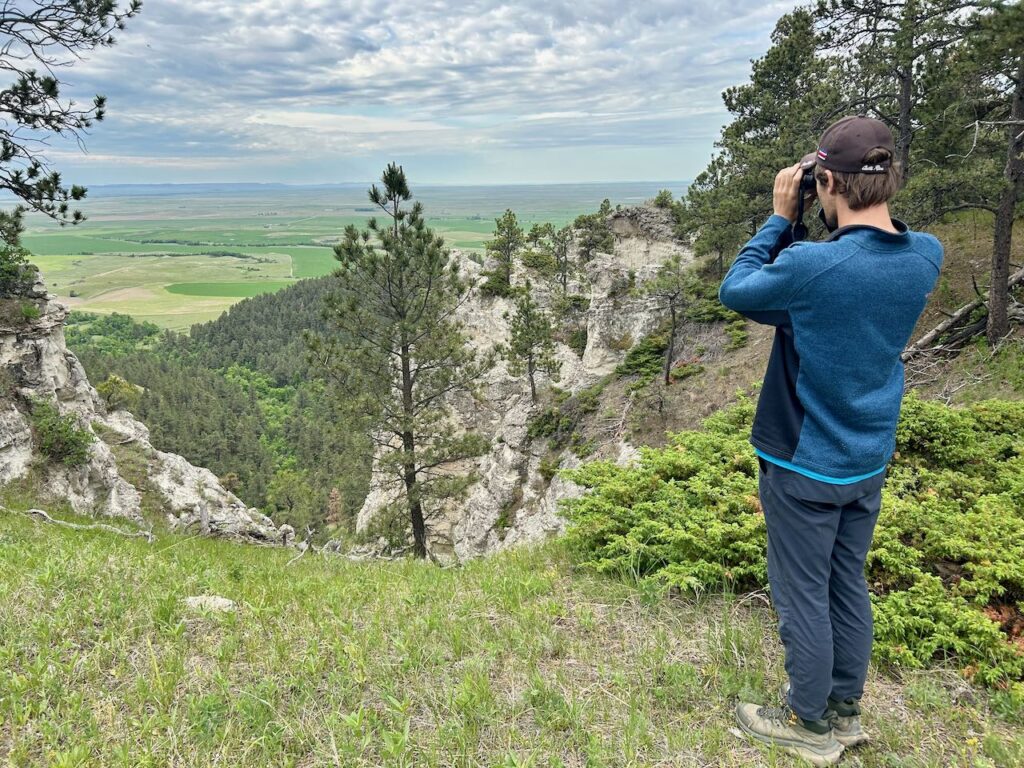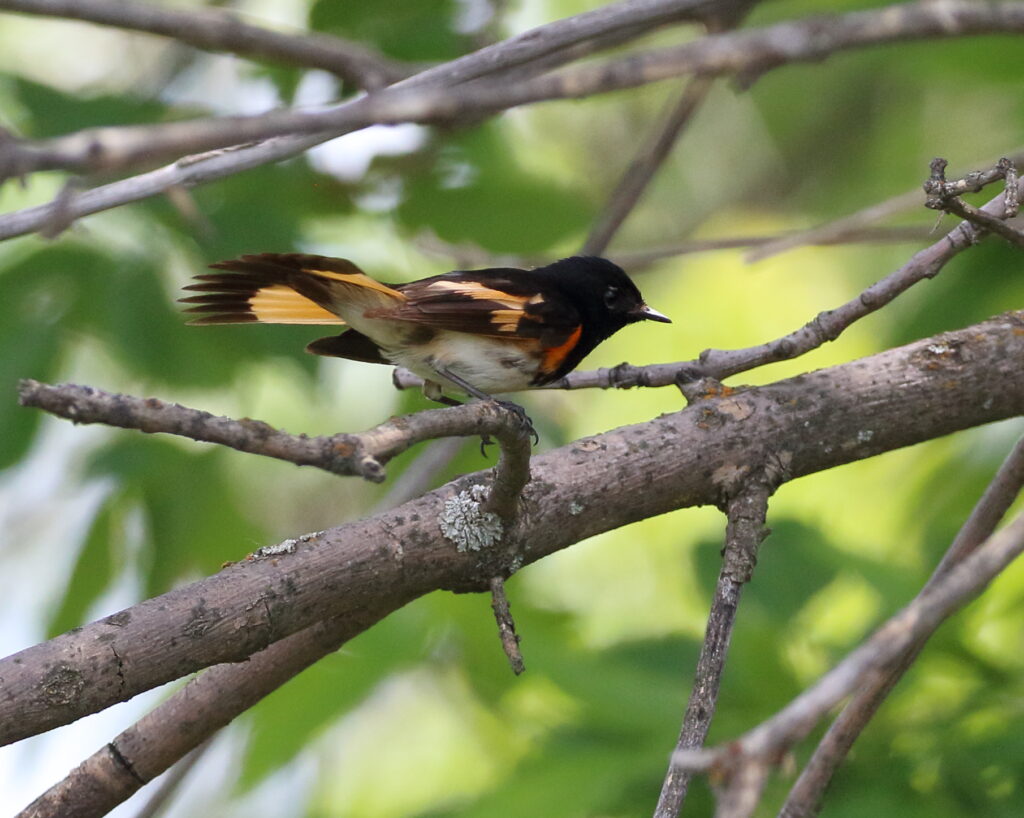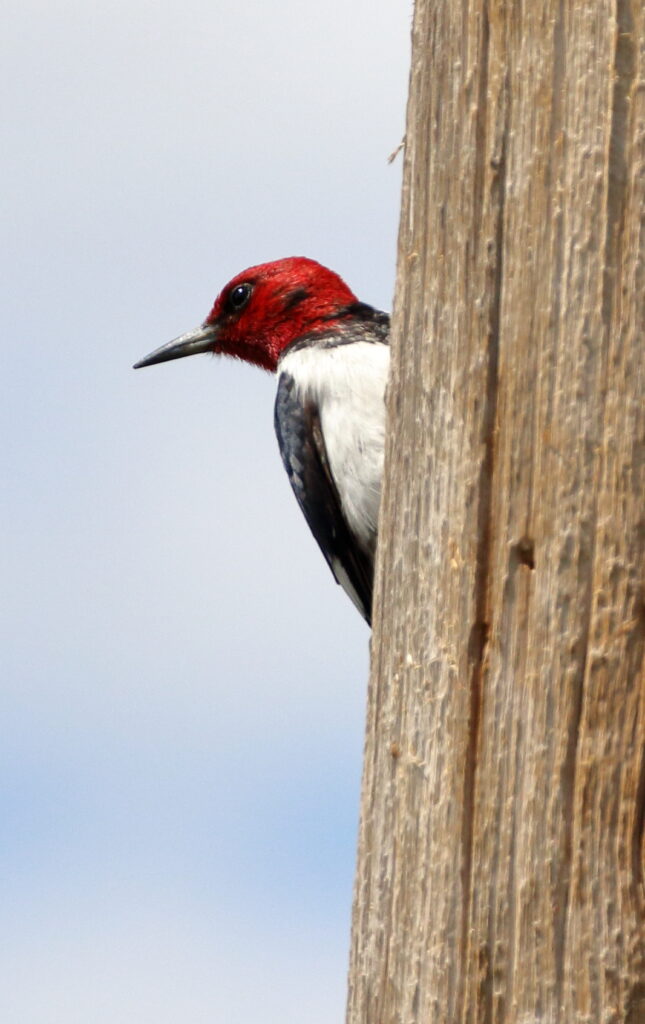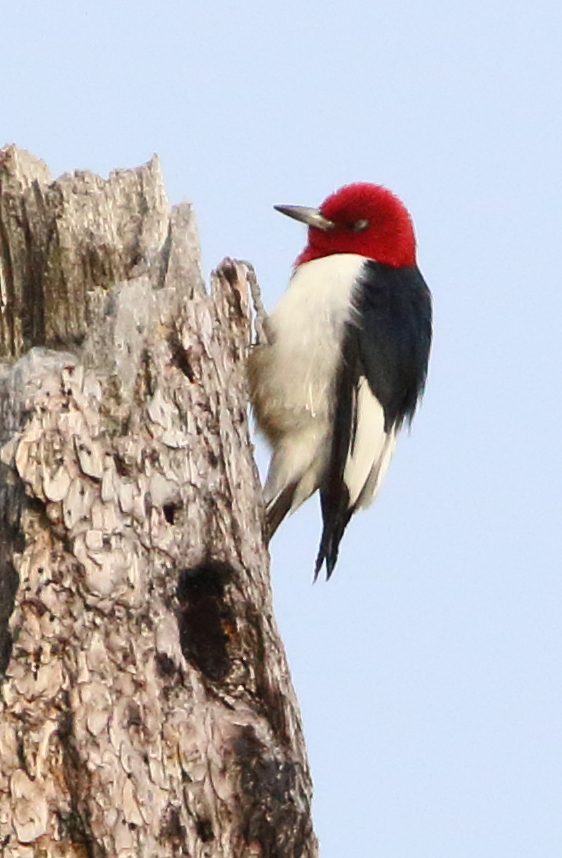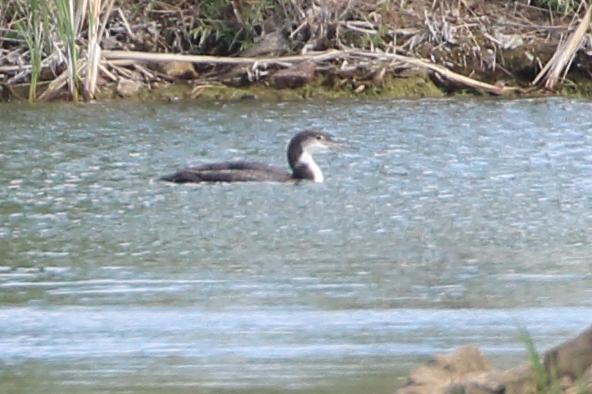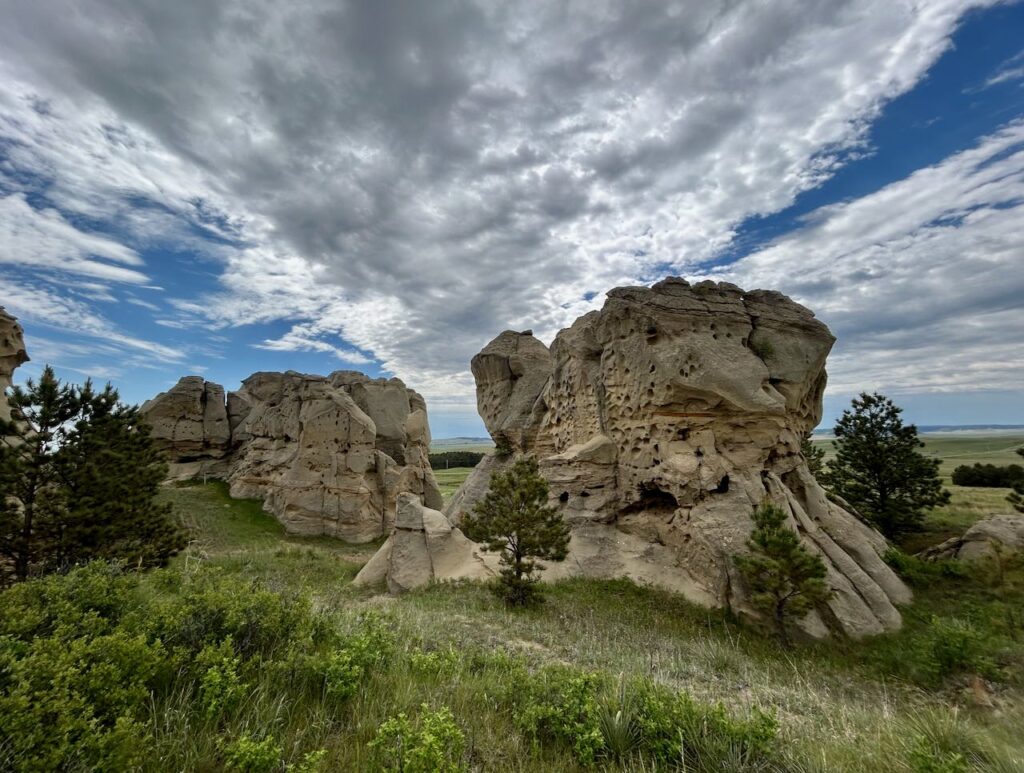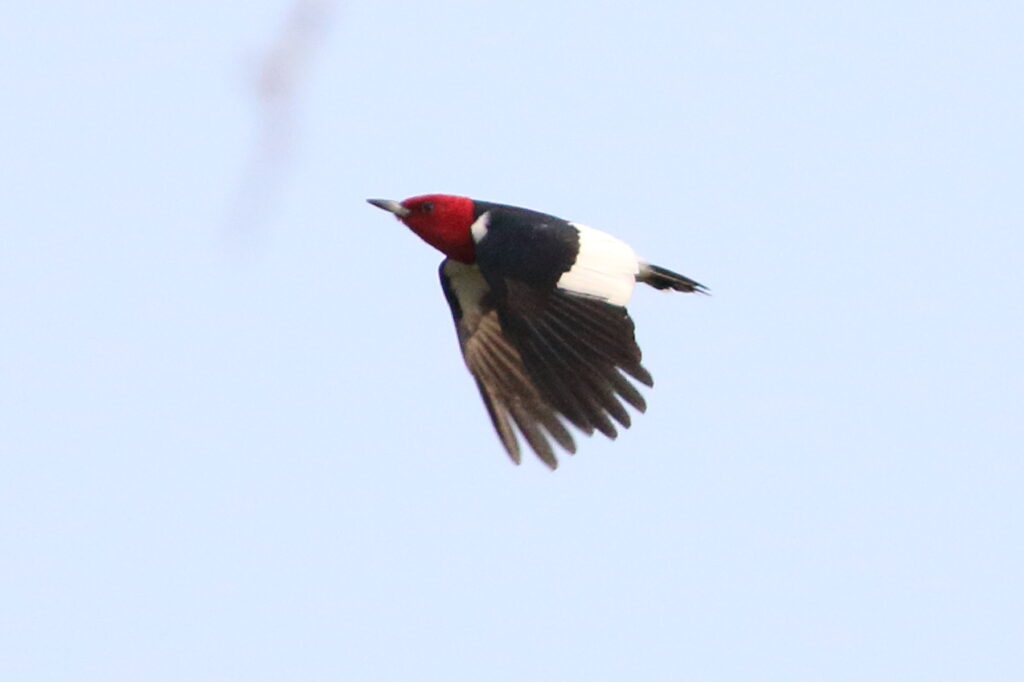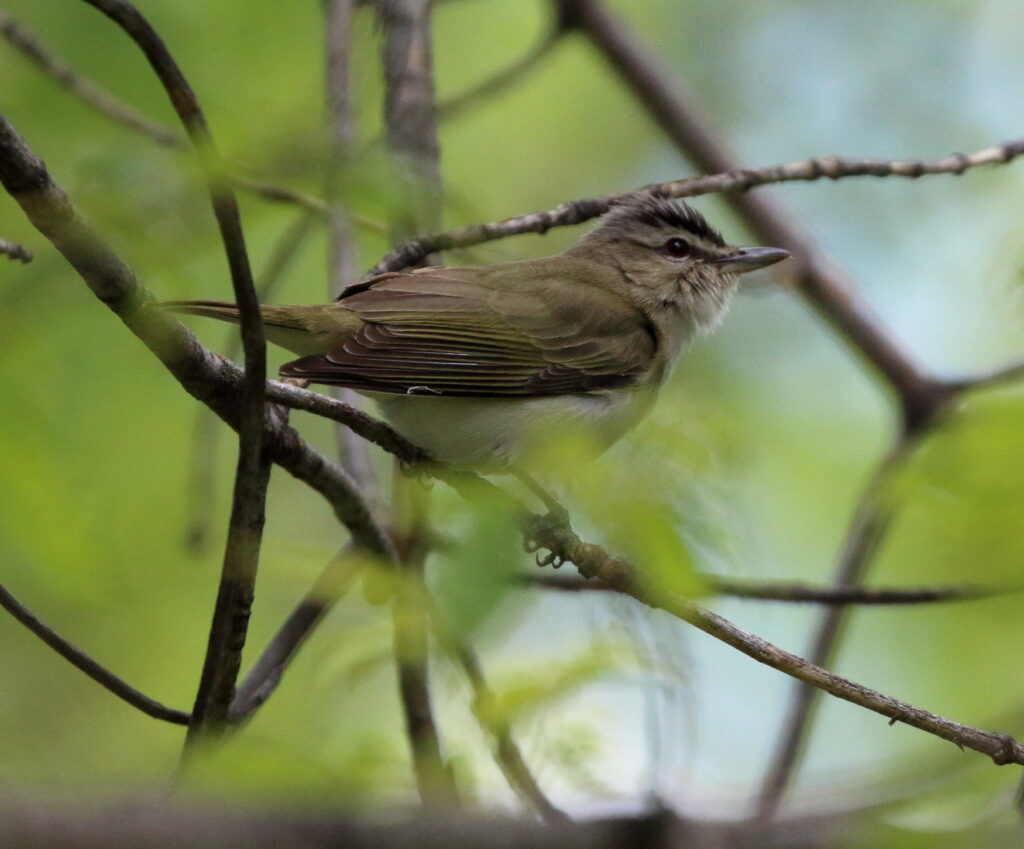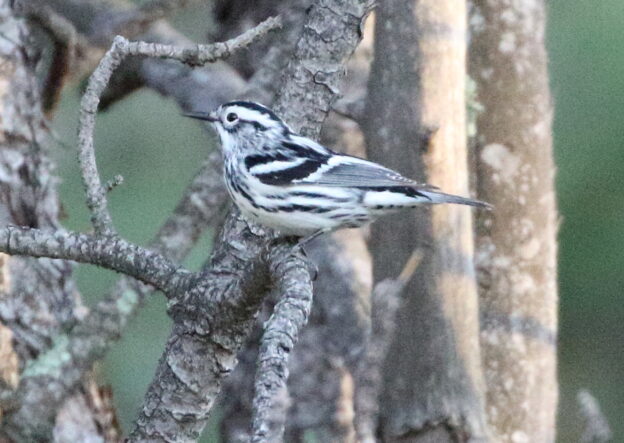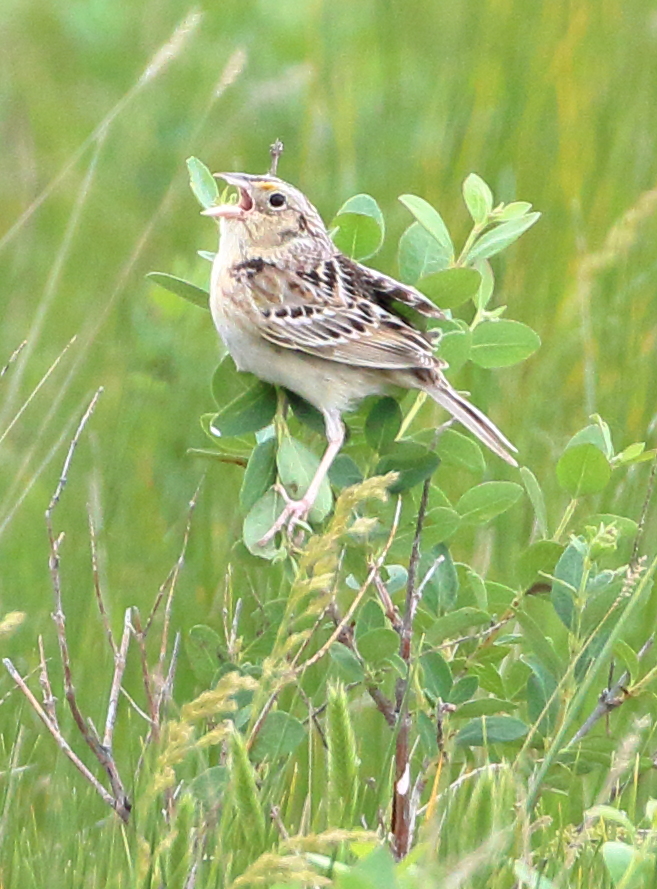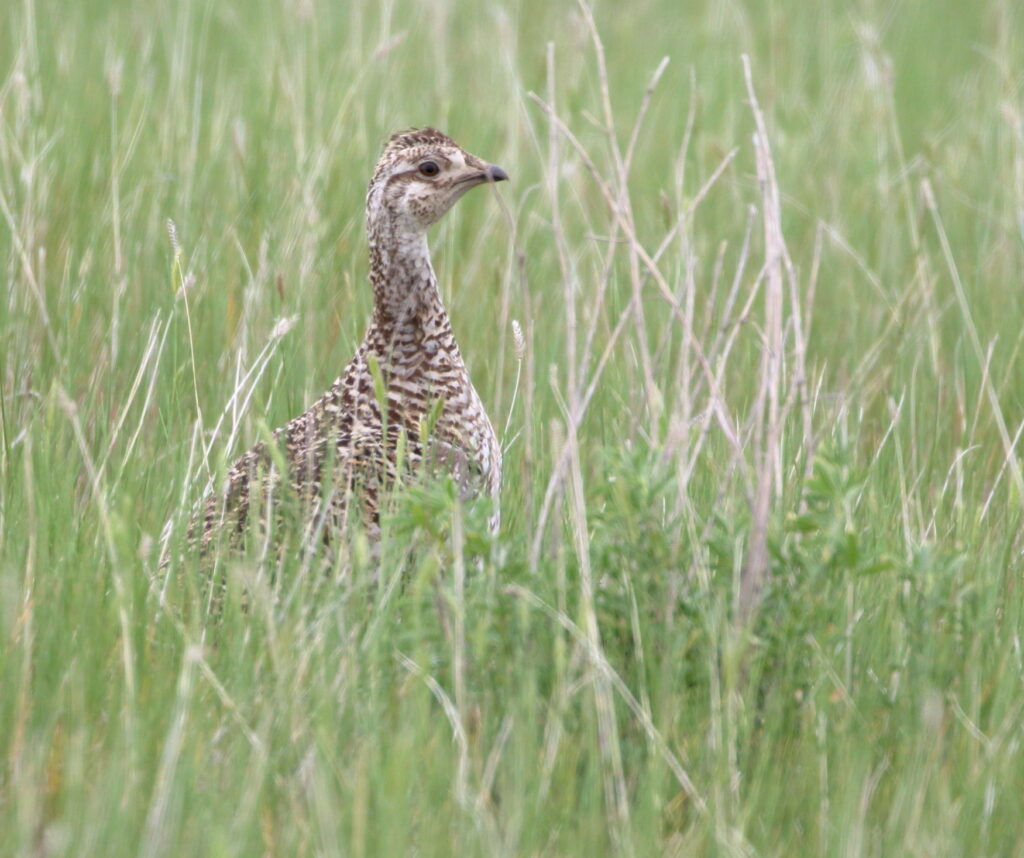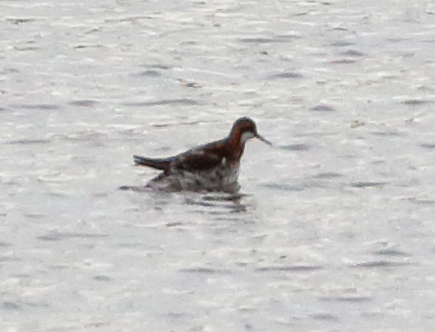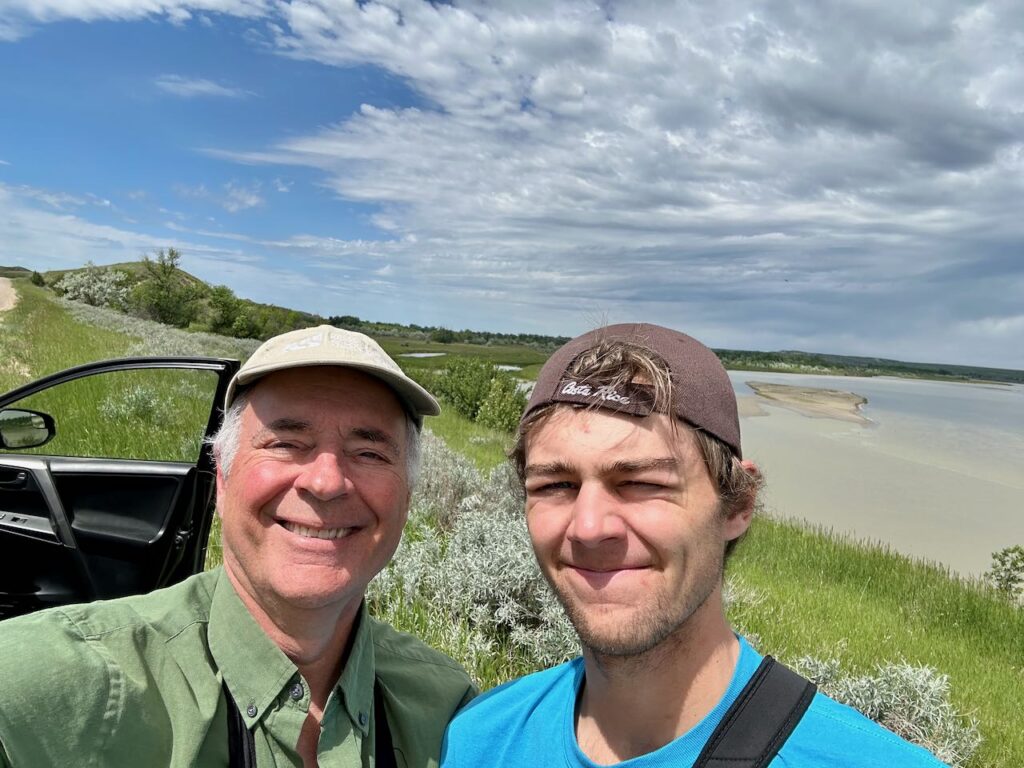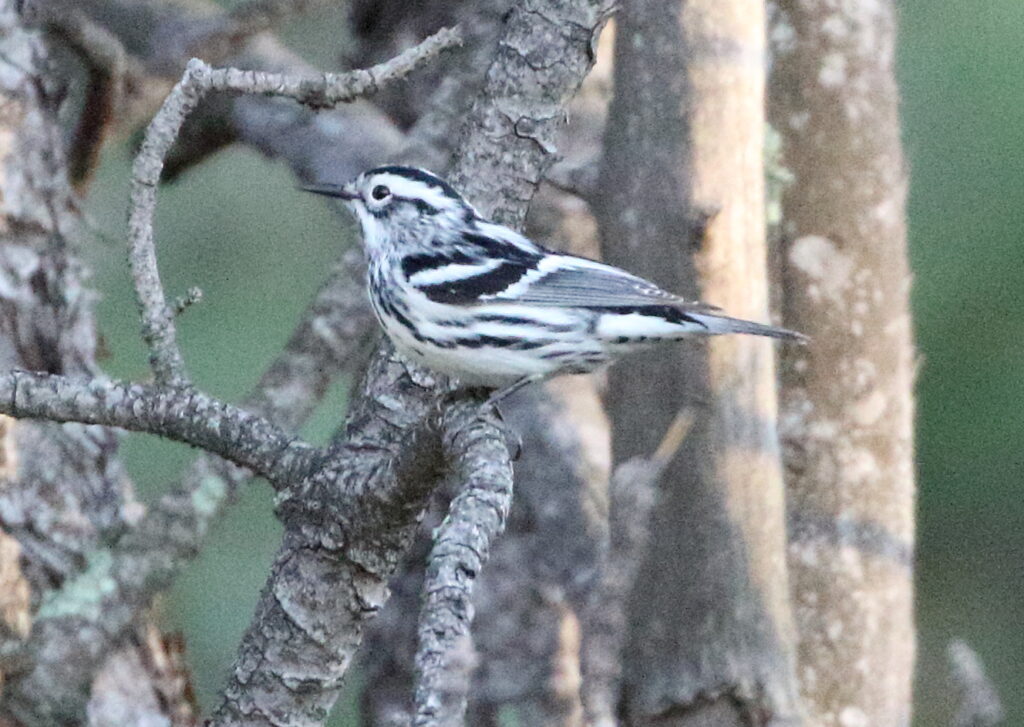I have always envied people who took up birding when young. There are just so many advantages to getting started as a youth, from having a better brain to learn with to having better ears to hear and discern the world’s vast array of birdsong. The biggest advantage? You get to spend more of your life birding! Alas, it’s a fact that most of us take up birding later in life, when one or more of our sensory systems are shot—not to mention our knees, hips, shoulders, or (you choose). Braden and I are perfect examples of this contrast. Already an outstanding birder, Braden has a full life ahead of him to see, learn, and enjoy birds. As a Baby Boomer I’m in a different boat. Though Braden and I began birding at the same time, my hearing was already well on its way to taking a dramatic crash so that even with hearing aids, I now cannot hear a lot of bird vocalizations. Most important, I just won’t have as many years to enjoy observing and learning about birds.
I was thinking about this a couple of years ago, and especially about how many fellow Boomers are in the exact same situation I am in. At the same time, I also pondered how much joy and pleasure birding has given me, even in the “short” span of a decade! That’s when the thought occurred to me: I should write a book! I am happy to share with you that that book is now a reality. It’s called Birding for Boomers—and Everyone Else Brave Enough to Embrace the World’s Most Rewarding and Frustrating Activity.
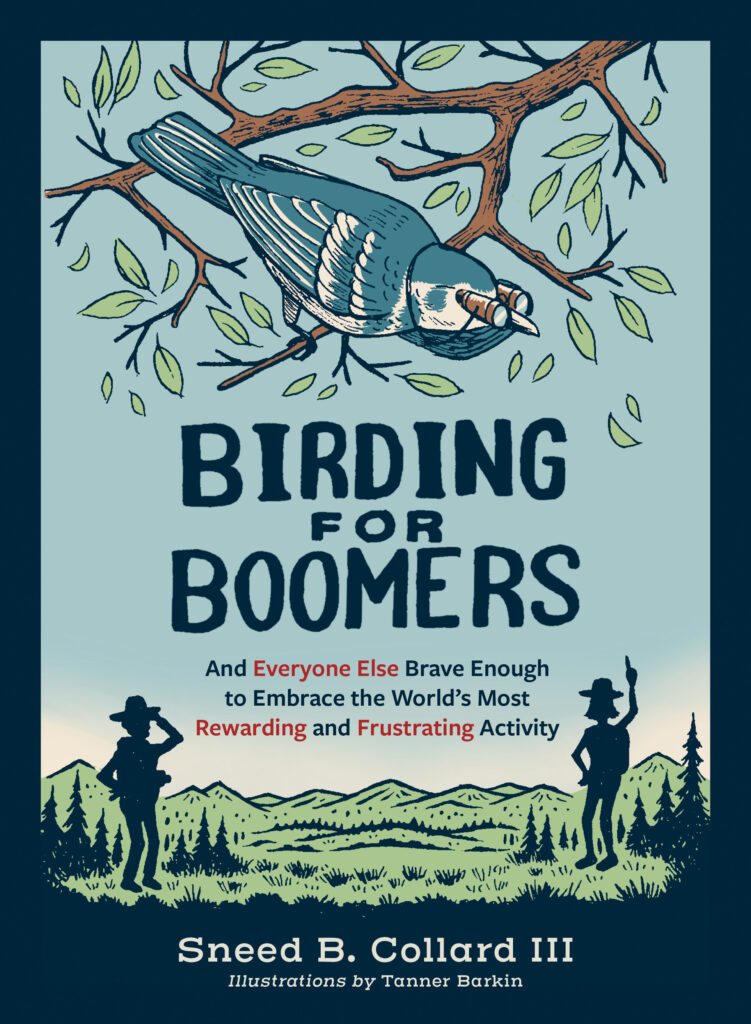
As its subtitle implies, this is not just a book for Baby Boomers. However, the phrase “Birding for Boomers” proved so irresistible that the publisher and I decided to stick with it for the main title. What the book really is, however, is a comprehensive guide for anyone interested in taking up one of the best activities on the planet!

After briefly—and humorously—sharing my own birding history, complete with its rewards and frustrations, Birding for Boomers launches into chapters that deal with almost every conceivable aspect of birding. I talk about birding equipment, field guides, and apps. In Chapter 6, I tackle the often-daunting process of learning to identify birds, complete with strategies for what to look and listen for. Subsequent chapters discuss bird feeders, birding “action wear,” safety, and which kinds of birds to look for in different habitats.
Whether we are a newly-hatched youth or a Boomer like myself, all of us face our own challenges when it comes to pursuing birds, and from the very beginning, I convey the message that no matter who you are, you’re not alone. Several chapters focus on hearing, eyesight, and physical limitations and how to accommodate them. Not all challenges are physical, however, and I discuss “birding while Black” and other issues that a typical heterosexual male white birder might not ever have to deal with. The basic message? Birding is an activity that can and should be enjoyed by everyone no matter who you are or where you come from.

Part VI, “The Advanced Birding Arsenal,” provides guidance for identifying particularly tough groups of birds—think sparrows, gulls, shorebirds, and flycatchers. It also delves into getting started on bird photography, or “how to spend your retirement savings.” It explains how to use eBird, by far the most useful birding app ever invented, and discusses uber-fun birding challenges such as doing a Big Year and participating in Christmas bird counts.

I have to say that my favorite chapters discuss where to go birding. I begin by sharing tips for finding local birds right in your neighborhood, but then broaden that discussion to exploring some of America’s greatest birding destinations. I include tips for birding while on family vacations and how to study up on “foreign birds” ahead of time.
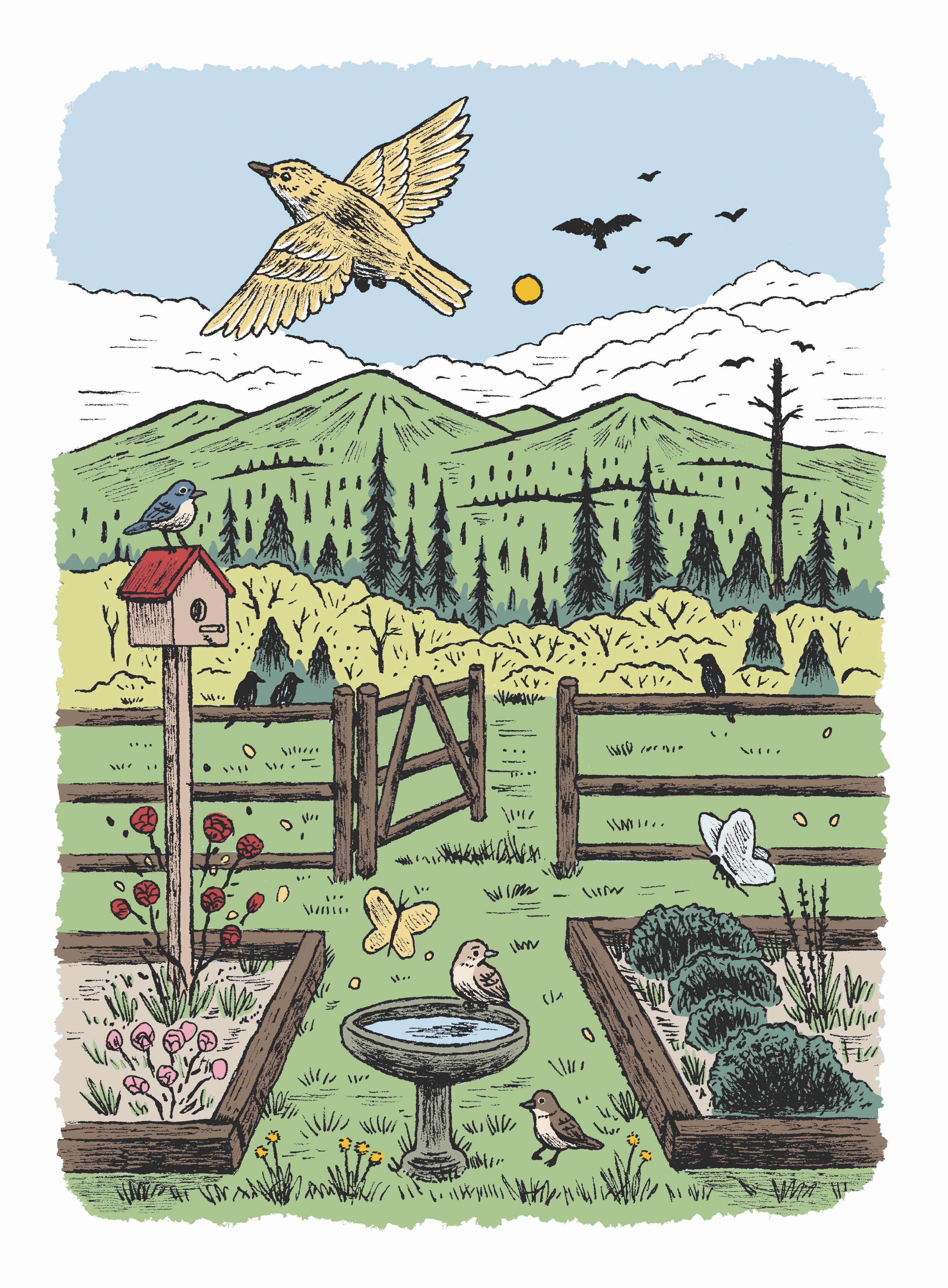
The most important chapters are the last because here, I discuss the precarious state of many of the world’s bird species and what we can do about it. That includes supporting bird conservation groups, reducing our energy footprints, keeping cats indoors (see our post “Birding Brooklyn!”), and voting for politicians that support bird-friendly environmental policies. Those of us fortunate enough to own a house with a yard have the awesome opportunities to creating bird-friendly habitats. I myself did this when we moved into our current house (see post “Turning Useless Lawn into Vital Habitat”). Instead of filling up our plot with pointless lawn, I planted dozens of native plants that support birds. Honestly, this has been one of the most satisfying things I’ve ever done. Every year, chickadees, wrens, and/or Song Sparrows nest in our yard, and many other species visit to find fruits, nuts, and insects to eat.
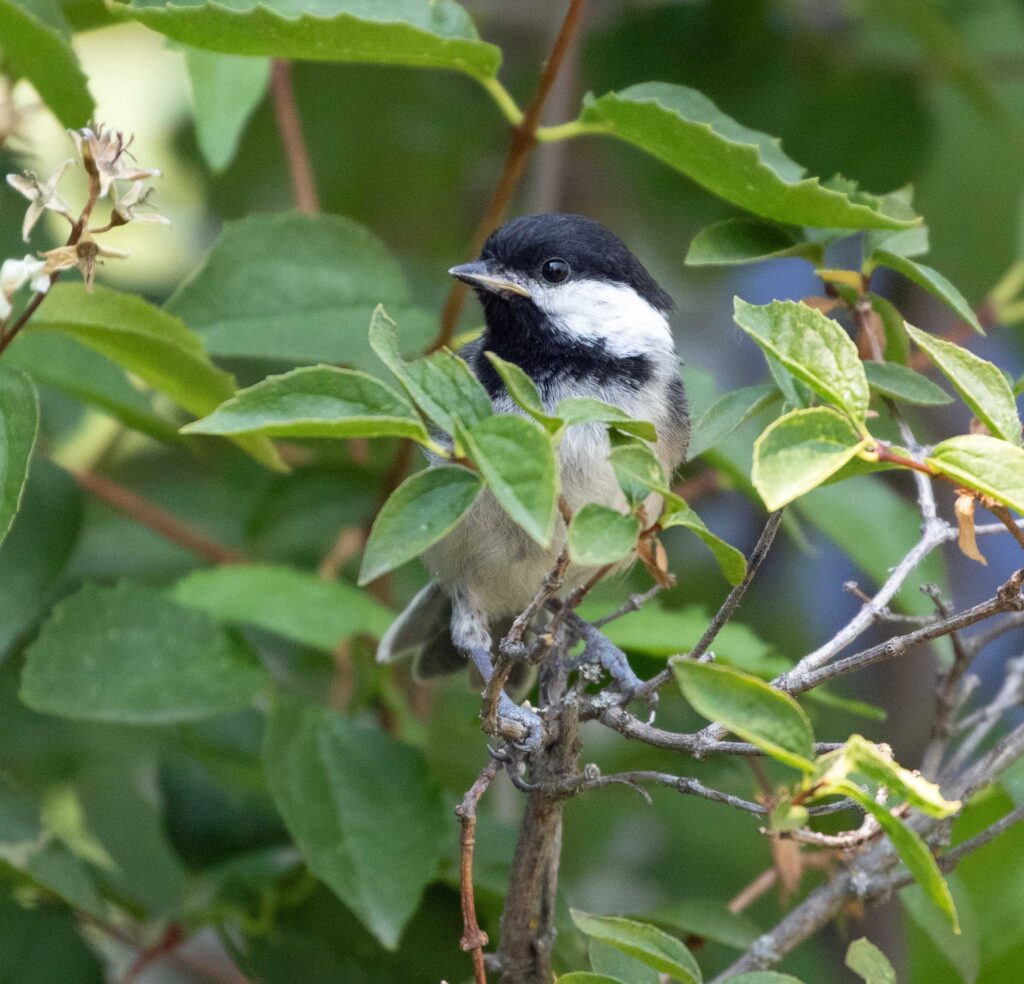
Birding for Boomers distills almost everything I’ve learned in my decade of intensive birding and writing about birds. I also reached out to dozens of other excellent birders—and even conducted some online polls—to augment my own knowledge and experience. I think you’ll enjoy the book’s entertaining, fast-paced style and know that I can count on you to buy dozens of copies for yourself, your family, and friends. After all, there aren’t many other hobbies that bring so much joy to the world. What have you got to lose?
You can order Birding for Boomers this very instant from your local independent bookstore. You can also order it directly from Mountaineers Books, Amazon, and other outlets.
